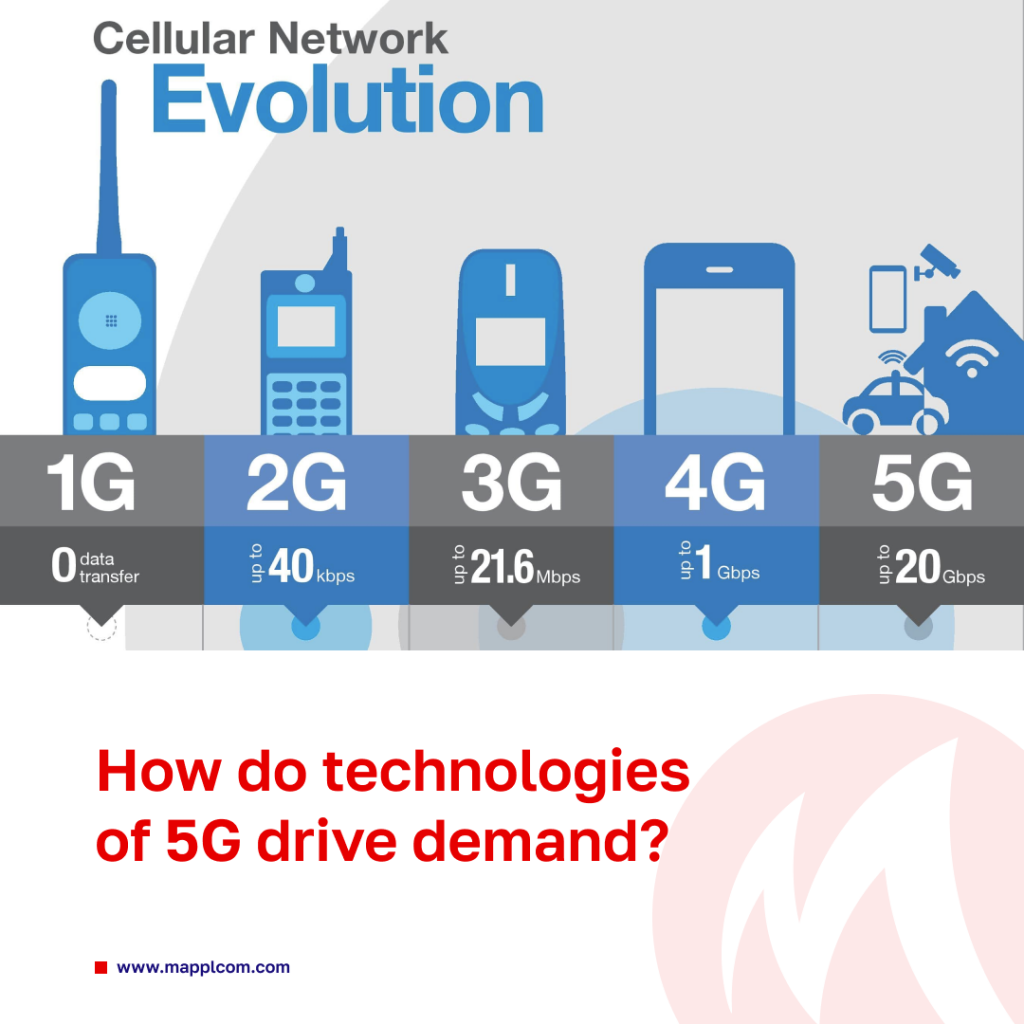Beneath the surface, how do technologies of 5G drive demand? Are we facing a new strategy to attract audience?

Although 5G networks repeatedly demonstrated fantastic performance during multiple trials and tests and were initially constructed to boost speed for regular end-user’s connections, they were met almost with hostility by some critics and accused of bringing severe threats in terms of health and well-being. The movements were rapidly gaining power in many European, Asian and American states and now oppose the development of 5G facilities, acting as a strength comparable in its energy and intensity with 5G advocates. This is why a lot of ambiguity was brought to the technology roll-out stage and specialist still try to predict how harmful the consequences are and track every breakdown or lack of stability in its financial performance.
Technically, when trying to forecast some market’s prospects, analysts also estimate dynamics of related or similar technologies which act as some kind of “predecessors” for the coming ones. Not everyone finds it convenient since the unlikeness of 5G networks with the currently existing networks, but the recent changes of Microwave Transmission market structure, comprised of point-to-point systems, with a decline of 5% in 2019, bringing the market revenue down to $3.2bln (which is far smaller than the good days of rampant 4G with revenue up over $5.0 billion) are an alarming message for the bright future of 5G.
Going deeper into details of negative slope in dynamics, the root cause was found in the calculation specifics: the weight of Asian markets (and especially India) was exceedingly high and overreacted stable growth of the other contributors. And even in the huge Indian market there was a special reason connected with a legal issue (a slowdown in 4G deployments, accelerated by India’s verdict that a number of operators owe AGR dues to the department of telecommunications).
Authors admit, that of course there are some countries in the world, such as those in Africa, that haven’t improved and may not the next year. However, those countries are also the ones that will likely enter the 5G world later rather than sooner.
For the general picture of 2020 these findings mean, in practice, that India is expected to be less of a negative factor or influencer (because of already low current revenue level), so, cumulative 5G deployments will be ramping up, and while many of the initial sites are leveraging the fixed line infrastructure. All in all, although this year showed that some threats and factors cannot be forecasted, experts assume that worldwide microwave market stabilization will definitely trigger period of a growth aligned with 5G-techologies.

